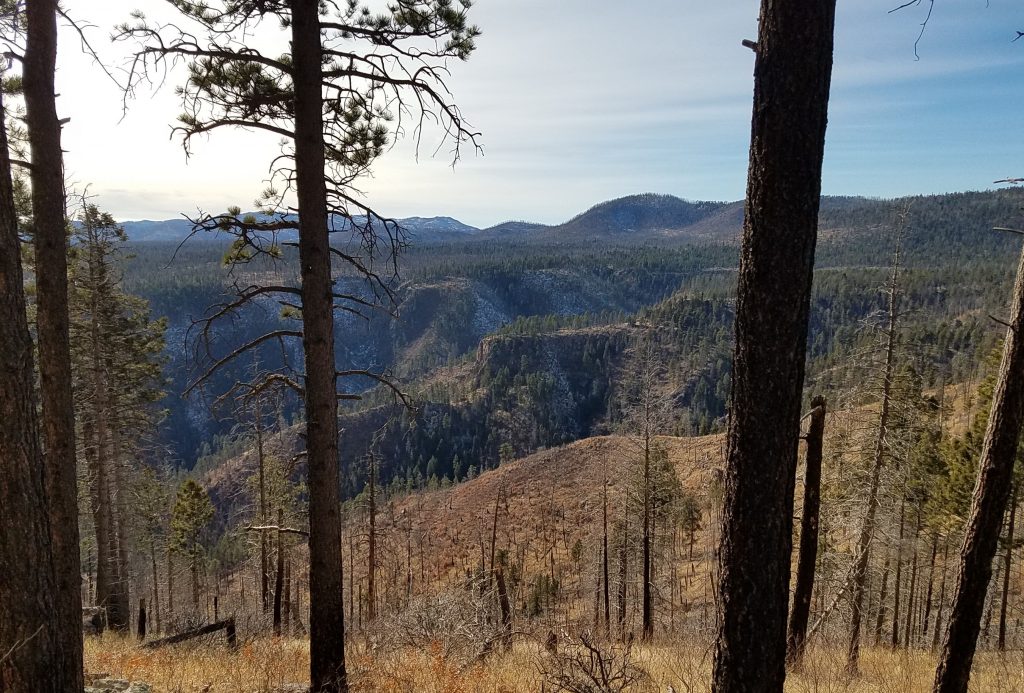
Wildfire is interesting, and images are compelling – brave men and women fighting an implacable foe, exciting machines and aircraft deployed in battle, human anguish, then resilience and rebuilding. What a narrative!
Most of what we “know” is wrong
Yet, almost everything the media reports on wildfires and most of what people understand about them is wrong and harmful, starting with the basic battle metaphor and language of war. In fairness, by the time wildfires reach fire-fighting stage, we are at war and losing a battle means loss of life and property.
But fire is not an enemy. Fire is natural. Massive destruction comes from human choices, although not conscious human design; nobody is to blame. A system emerges when people make logical and good individual decisions that taken together and over time produce bad outcomes. We do not address emergent problems well. We prefer a culprit or policy to blame. We hate it that nothing we can demand politicians do immediately will immediately solve the problem. Politicians dislike solutions that produce good only after the next elections. It is encouraging, however, that we can do things today that – over time – will produce a resilient system and improve lives.
Don’t mimic nature; use its principles
We cannot mimic nature. Humans are here to stay. We can try to understand and use natural principles to inform human-natural interaction. I like to start by looking at success rather than scrutinizing failure. Some places manage fire well. We do a decent job in Virginia, but the real superstar is Florida. Fires are not prevented. That is impossible. But they are managed, and prescribed fires have kept forests healthy and robust for generations.
Fuel burns, but we have choices about where, when and how
How about places with less rain and tougher topography? For hundreds of years, the Ancestral Pueblo lived successfully in mountainous, arid and fire-prone forests of the Southwest. We cannot copy their lifestyles, but what were principles that kept them safe? Put simply, they removed combustible materials by frequent surface fires, that burned brush but left large trees, and by using firewood. This latter factor is so obvious that it is easy not to see it.
Anybody who has fed a campfire or wood stove knows that they consume prodigious amounts of wood. You need a big stack of wood to keep a small cabin warm on a cold night and a surprisingly big fire just to make a pot of coffee. Consider all this heat and that all this fuel has been removed from the forest. What burns in a fireplace, stove or campfire can’t burn in a forest fire.
The principle is that fuel burns, but we have choices about where, when and how. Responsible harvests to remove biomass are one key to forest health, and good fires that burn on the surface but not in the tree-tops are another. They will not stop all bad fires but will produce a system we can live with – over time.
